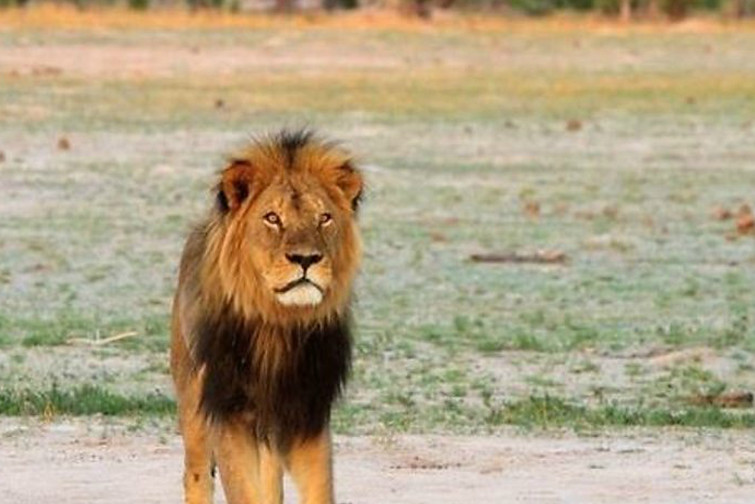As I have told you before, the average dentist's overhead is about 70%. I charge you a $1 and .70 cents goes to run the office. Of the remaining 30 cents, 50% or 15 cents goes to pay government in all the forms of taxation: Federal, State, Saratoga City and County, Social Security, Medicare and NY State Sales Tax ~8.5%. The dentist's income is not what people think it is.
http://www.vox.com/2015/7/29/9066361/cecil-dentists-afford-vacation
How a dentist from Minnesota could afford a $50,000 African hunting vacation
There are big questions surrounding the death of Cecil the lion, like whether it was legal for a dentist from Minnesota to kill the animal or if his killing is a part of a much larger, human threat facing lions today.
Then there are some small questions, too: How does a dentist from Minnesota afford a hunting experience that reportedly cost $50,000? Is that type of luxury vacation within the reach of someone in his line of work?
The short answer: It really depends on how thrifty of a saver the dentist, Walter James Palmer, was. We don't know his financial situation, whether he had other sources of income, or how much, exactly, he earns. But the best data available on dentists' earnings suggests that buying a five-figure vacation would be a pretty significant purchase relative to income.
The average dentist in the United States earned $180,950 in 2013, the most recent year for which the American Dental Association provides data. There is a good deal of variation, however, in earnings: The lowest-paid quarter of dentists earn an average of $100,000, while the highest-paid quarter net $234,000.
Dentists' earnings are slightly lower than those of primary care doctors, who earn an average of $195,000, and much lower than specialty doctors, like cardiologists, who earn an average of $376,000.
The recession appears to have been especially tough on dentists, too. An American Dental Association brief from December 2014 showed that dentists' income, when adjusted for inflation, has declined from a peak average of $215,876 in 2005 to $180,950 in 2013.
The percentage of dentists who describe themselves as "not busy enough" — indicating a lack of patients — has ticked upward from 20 percent in 2007 to 36 percent in 2013.
/cdn0.vox-cdn.com/uploads/chorus_asset/file/3916938/dentists.png)



